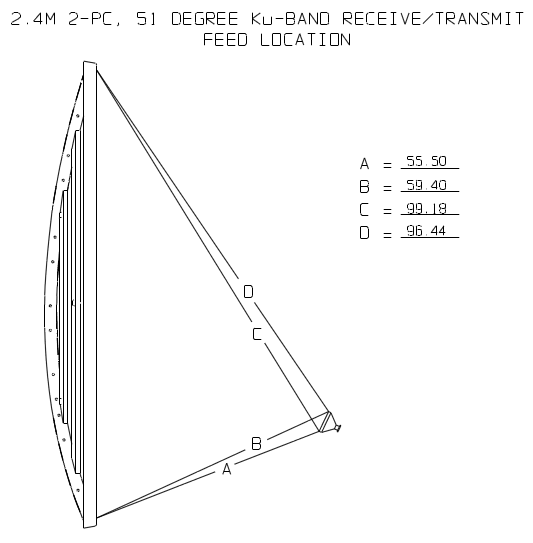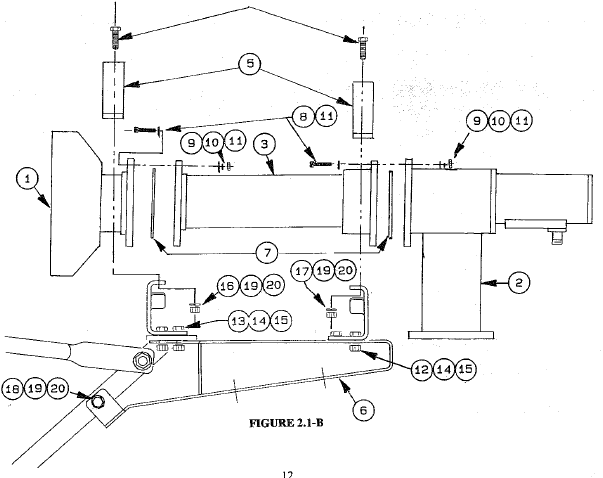| Home Login Register |
| Satellite Internet forum › Dish pointing and alignment › C-Band Buc saturate |
|
Pages: 1
|
C-Band Buc saturate(Read 9785 times) |
|
Pierre
Member
★★ Offline Posts: 4 |
Jan 17th, 2012 at 7:33am
|
| Back to top |
IP Logged
|
|
Oasis Networks
Senior Member
★★★ Offline Posts: 232 |
Reply #1 - Jan 18th, 2012 at 11:14am
|
| Back to top |
www.oasisnetworks.net - Oasis Networks - Online with you!
IP Logged
|
|
Pierre
Member
★★ Offline Posts: 4 |
Reply #2 - Jan 18th, 2012 at 4:46pm
|
| Back to top |
IP Logged
|
|
Eric Johnston
Senior Member
★★★ Offline Posts: 2109 |
Reply #3 - Jan 18th, 2012 at 6:49pm
|
| Back to top |
« Last Edit: Jan 23rd, 2012 at 5:16pm by Eric Johnston »
IP Logged
|
|
Pages: 1
|
Email me: eric@satsig.net
Powered by YaBB 2.5.2!
YaBB Forum Software © 2000-. All Rights Reserved.
Disclaimer, Terms of Use and Privacy Forum User Agreement Forum rules Cookie policy.




